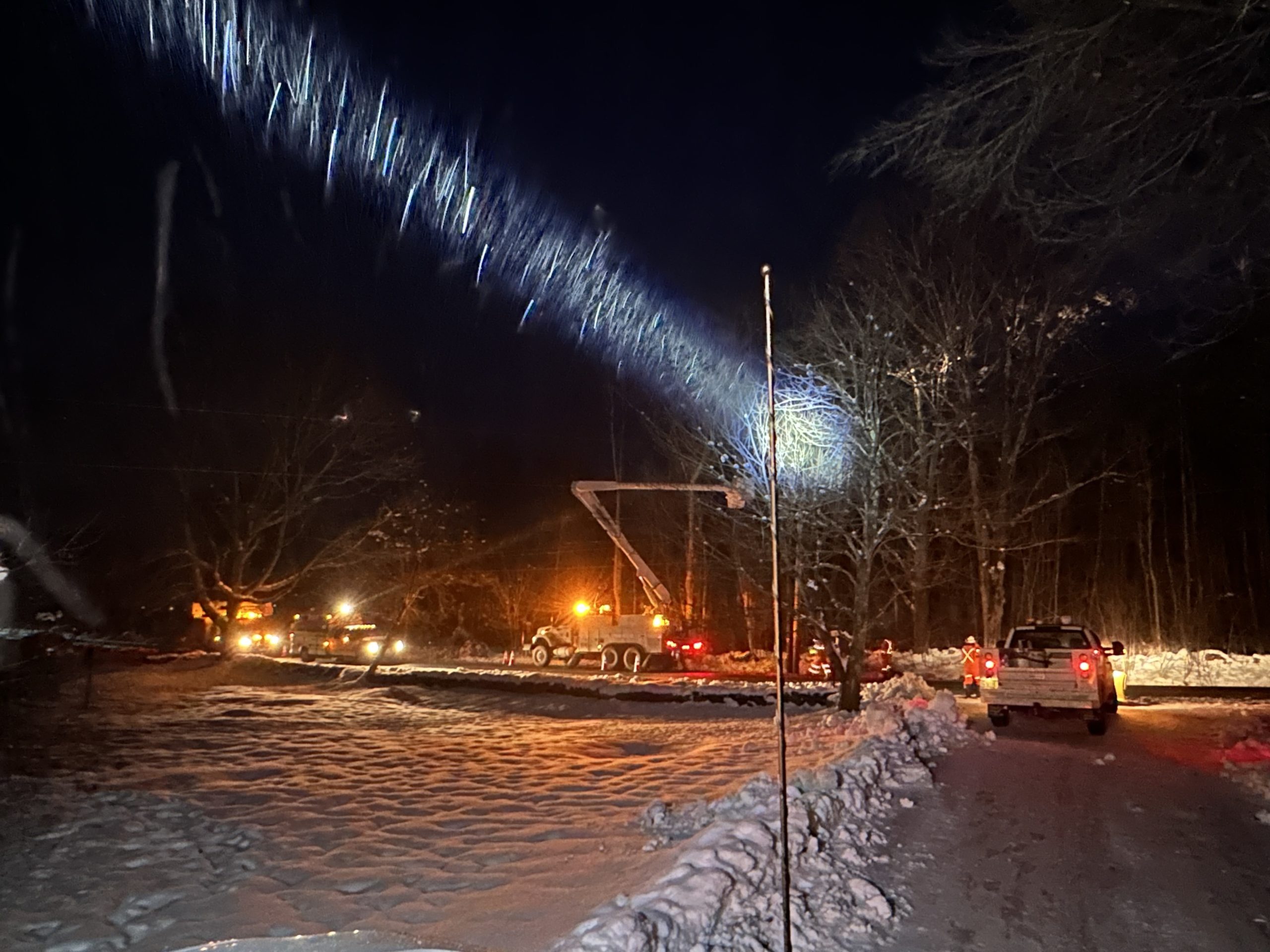
A Few Things to Know About Estimated Restoration Times (ERTs)

When a big storm hits, causing damage and outages, we get a lot of questions about what to expect for restoration. This isn’t a surprise – you want to know when power will be back on! In utility speak, we refer to this as an estimated restoration time (ERT). Here are some helpful things to keep in mind about ERTs:
ERTs are estimates, not exact
– Crews use the best information they have from the location to assess the damage and extent of repairs required to get the lights back on and base their estimated time on that.
– They will only post an estimated restoration time when they know how long repairs are likely to take. So, there may be no estimated time available right away, or even hours after a major storm hits, until crews know the scope of the damage.
– It is an estimated time, not a precise time. A lot can happen in the field during a major storm recovery effort and changing conditions may mean the estimated time is pushed back.
We aim for accuracy in ERTs.
– Before a storm, we prepare to respond to the possible scope of damage based on multiple weather forecasts.
– Once a storm hits, we can then figure out the scope of damage and how long repairs will actually take. This can take time. Crews have to see the damage to assess it.
– We will only put out information that is informed by crews who are out in the field and have really surveyed what they’re dealing with. That way, you have information that is accurate. That may mean there is no estimated time assigned to your outage for some time.
Field conditions are constantly changing, and that can change your ERT.
– Sometimes best estimates change due to changing conditions in the field.
– Weather conditions can affect how long repair work takes – in some instances, like high winds, crews may have to stop work for safety.
– Crews can encounter unexpected hazards and obstacles on site.
– Specialized equipment and personnel may be needed once a job begins, requiring travel time to get there.

